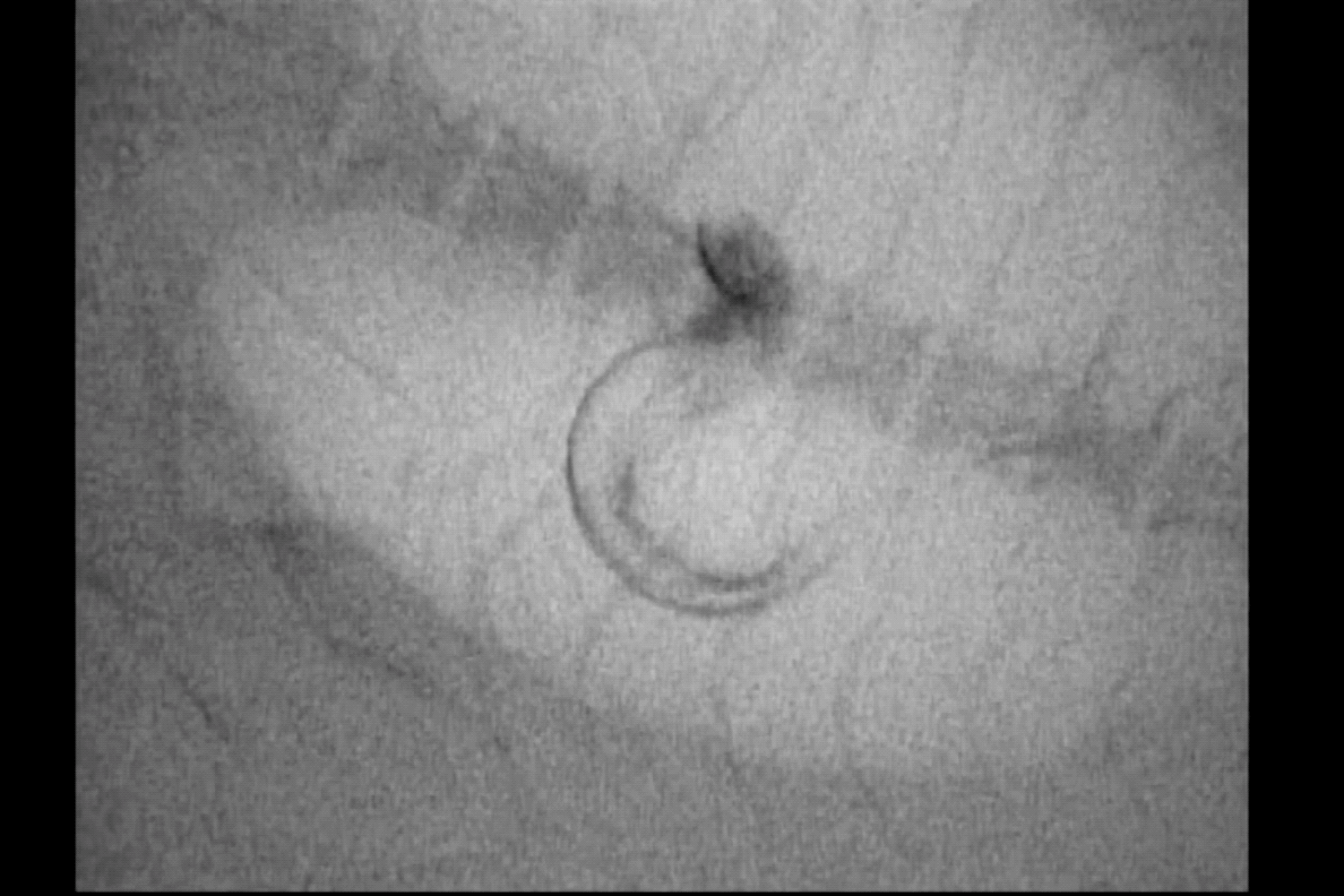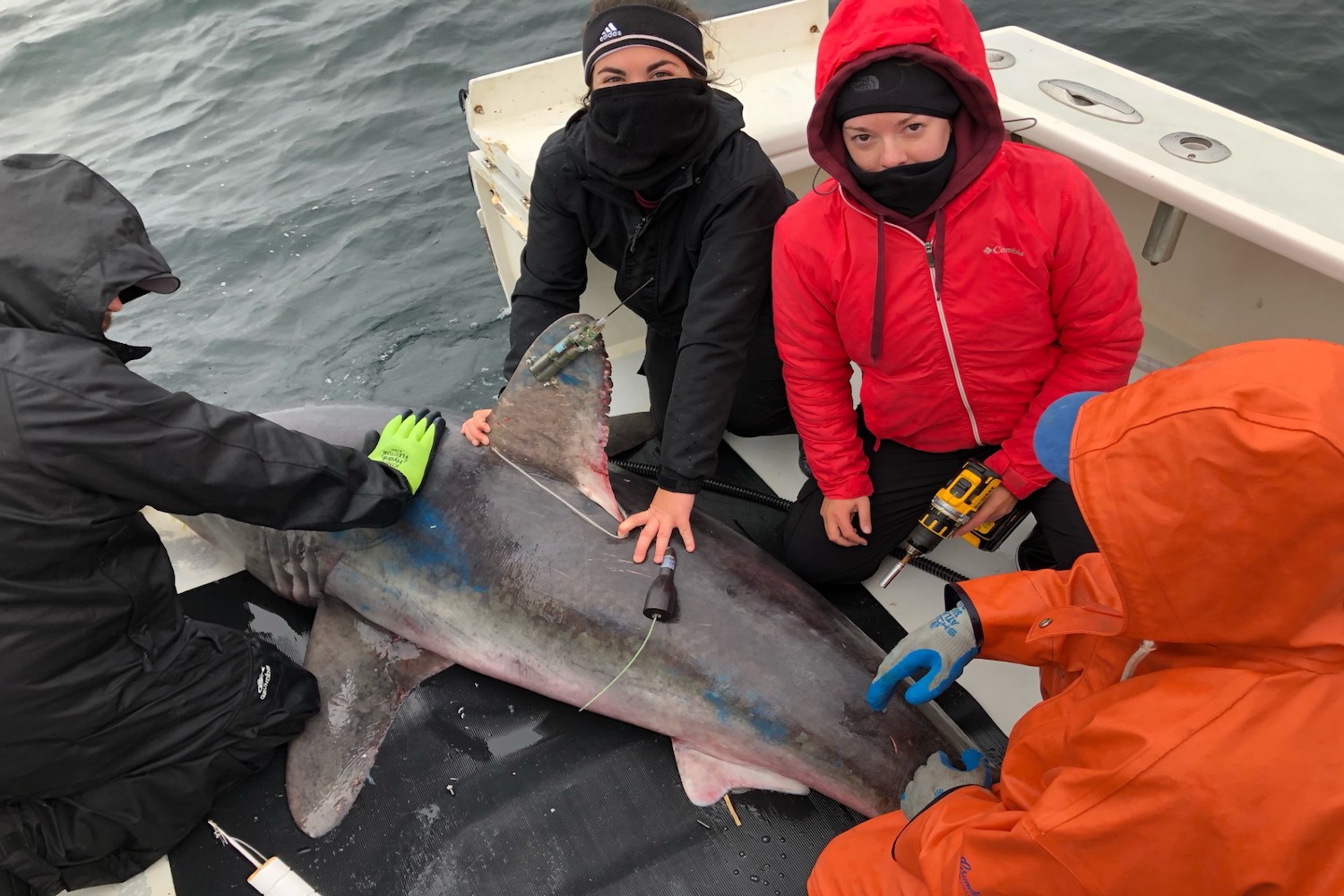Sharks are rapidly dying out, and scientists desperately need more data to estimate the extinction risks for these threatened species. Now, marine researchers in Australia say that dive guides and amateurs can help fill some significant gaps in their knowledge.
All the researchers really need are people who can count the sharks that they see. In fact, these citizen scientists have already helped with one study, where researchers used information collected by 62 guides on more than 2,300 dives over a five-year period at the coral reefs in Palau, Micronesia. The guides, who visited 52 sites, used standardized research protocols to provide a count of the sharks they spotted, as well as data on species, water depth, current strength, water temperature and visibility.
The shark counts provided by the divers closely agreed with figures obtained by the marine scientists, who had used passive acoustic tagging and telemetry. What’s more, the additional information provided by the divers on water temperature and current strength proved especially valuable, showing that the sharks were present in greater numbers when the current was stronger and the water was colder.
“It gave us much more information than just the numbers of sharks and it also gave an indication of why the sharks were there in high abundance at those moments,” says the study’s lead author, Gabriel Vianna, a marine scientist at the University of Western Australia, who concluded that “with a little bit of training and a good sampling design, recreational divers collect very useful data that can be used to monitor shark populations over long periods of time and across large spatial areas.” And, best of all, they can do it at much lesser cost.
Read the study, “Acoustic Telemetry Validates a Citizen Science Approach for Monitoring Sharks on Coral Reefs,” at PlosOne.













